Choosing the right siding for your home is more than just a matter of protection from the elements. It’s a crucial design decision that significantly impacts the aesthetic appeal and character of your house. With so many architectural styles ranging from classic to contemporary, pairing the right siding style can enhance your home’s beauty and authenticity. Whether you have a cozy cottage, a stately colonial, or a sleek modern home, understanding which siding materials and styles complement each architectural design can help you make a choice that’s functional and visually striking. This guide will walk you through popular architectural styles and the best siding options to match each one, helping you achieve a harmonious and inviting exterior.
Traditional Colonial
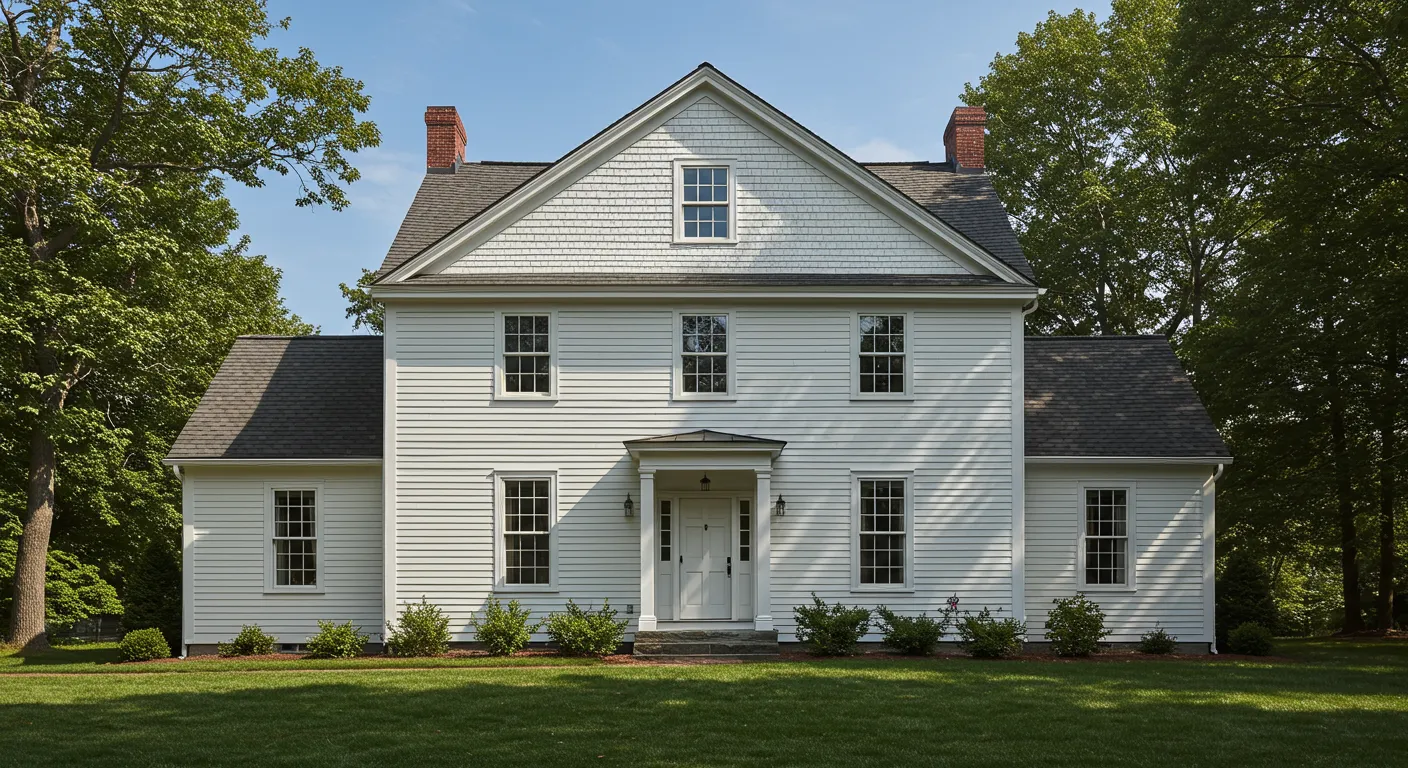
Traditional Colonial homes are celebrated for their symmetry, gabled roofs, and balanced window placement, making them ideal candidates for clean and consistent siding styles. Clapboard siding, often painted in neutral tones like white, beige, or gray, is a natural fit for this type of architecture due to its historical authenticity and crisp visual appeal. When updating or maintaining these homes, many homeowners rely on experienced siding contractors to ensure the new materials blend seamlessly with the original design elements. Whether using wood, fiber cement, or vinyl, the goal is to preserve the home's timeless elegance while enhancing its durability and curb appeal with the right siding choice.
Mediterranean and Spanish Revival
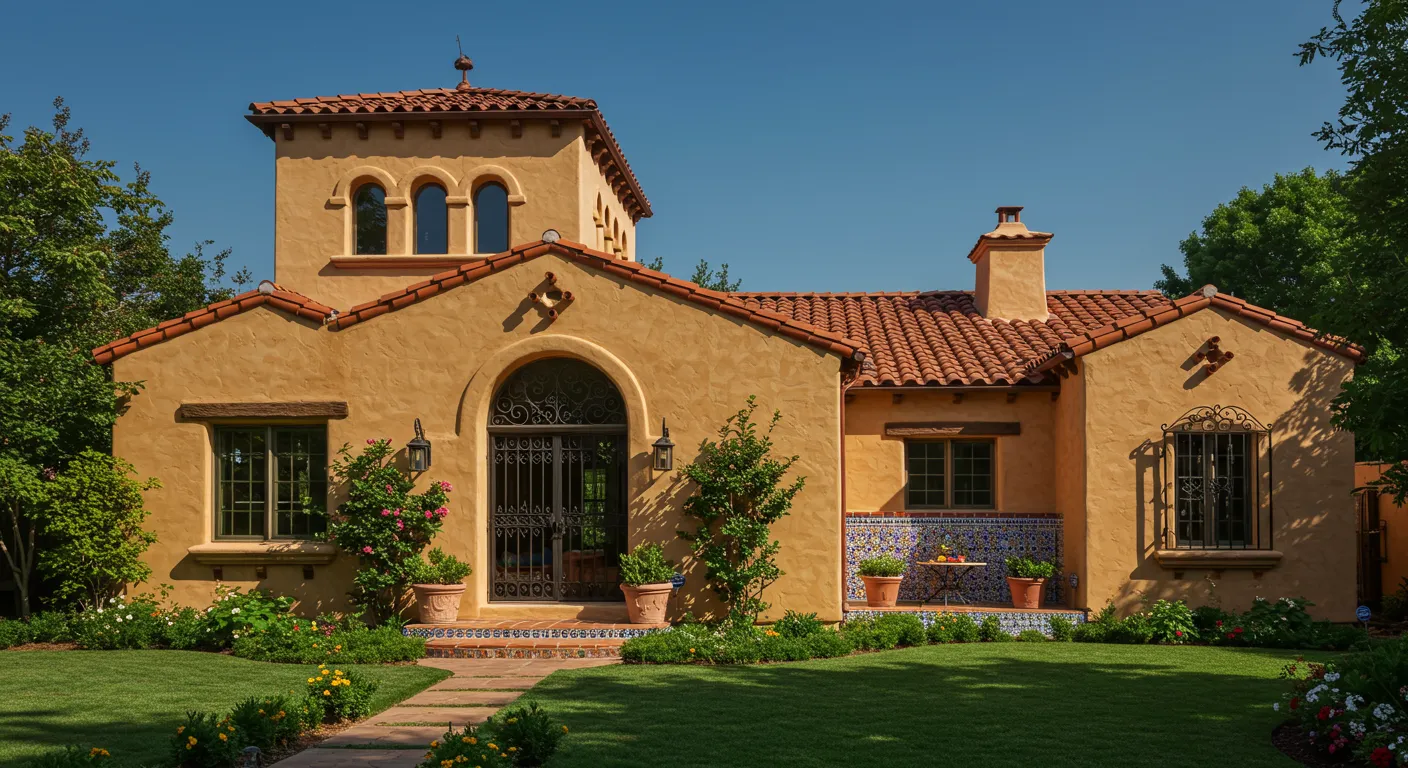
Mediterranean and Spanish Revival homes evoke a sense of old-world charm with their stucco walls, terracotta roofs, and wrought iron details. For these architectural styles, stucco siding is the hallmark choice, perfectly complementing the smooth, curved lines and arches that characterize these homes. Stucco provides a textured, durable finish that can be tinted in warm earth tones like beige, terracotta, or soft yellows, mirroring the sunny climates where this style is popular. In some cases, decorative tile accents are integrated with stucco to add pops of color and artistic flair.
Craftsman Bungalows
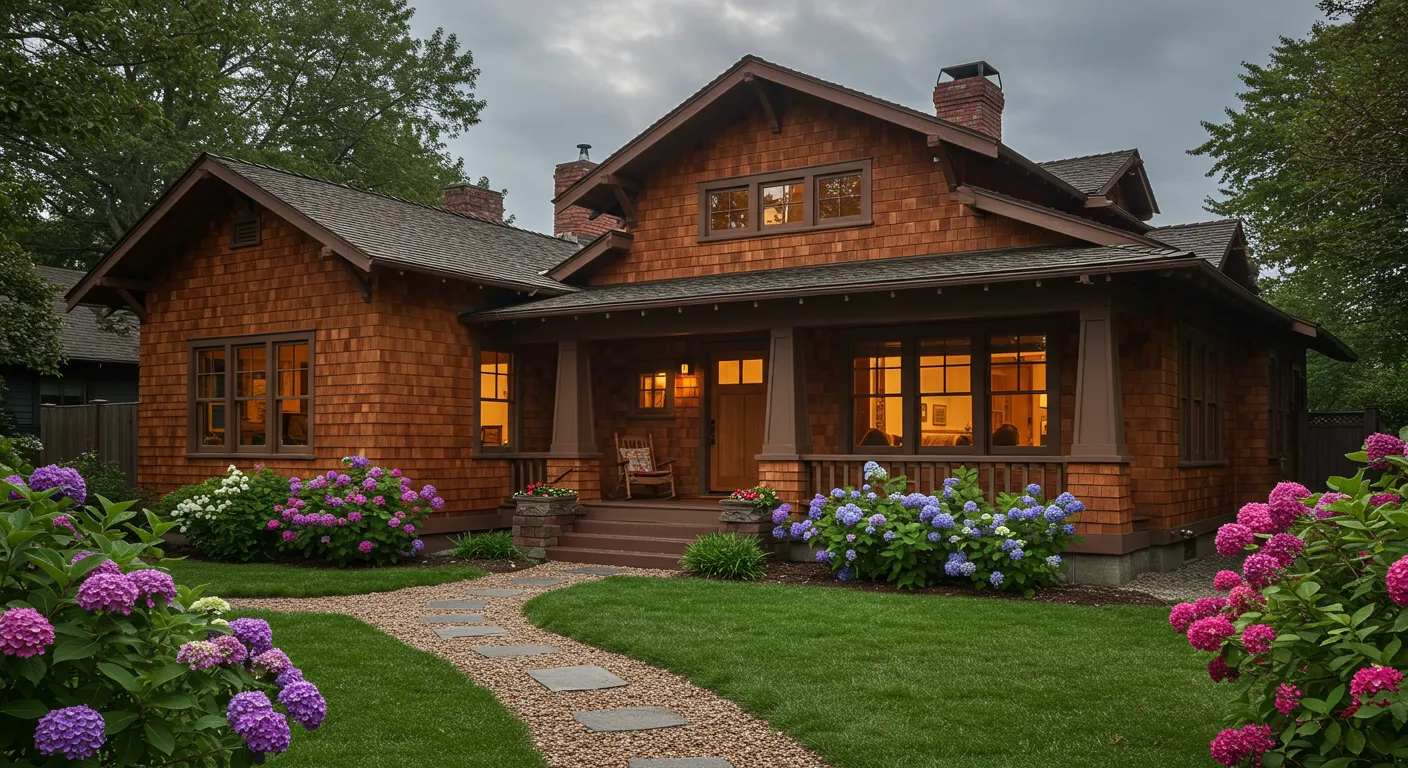
Craftsman bungalows are cherished for their handcrafted details, low-pitched roofs, and exposed structural elements such as beams and brackets. For these homes, siding styles that highlight natural textures and organic materials work best. Shingle siding, like cedar shingles, is a favorite choice because it provides a rustic but refined look that enhances the bungalow’s artisanal vibe. Shake siding, which consists of thicker, hand-split shingles, adds depth and a unique texture that complements the handcrafted aesthetic of Craftsman homes. Board-and-batten siding is another popular option, featuring wide vertical boards with narrow battens covering the seams, creating a strong visual rhythm that suits the architectural style.
Modern and Contemporary Homes
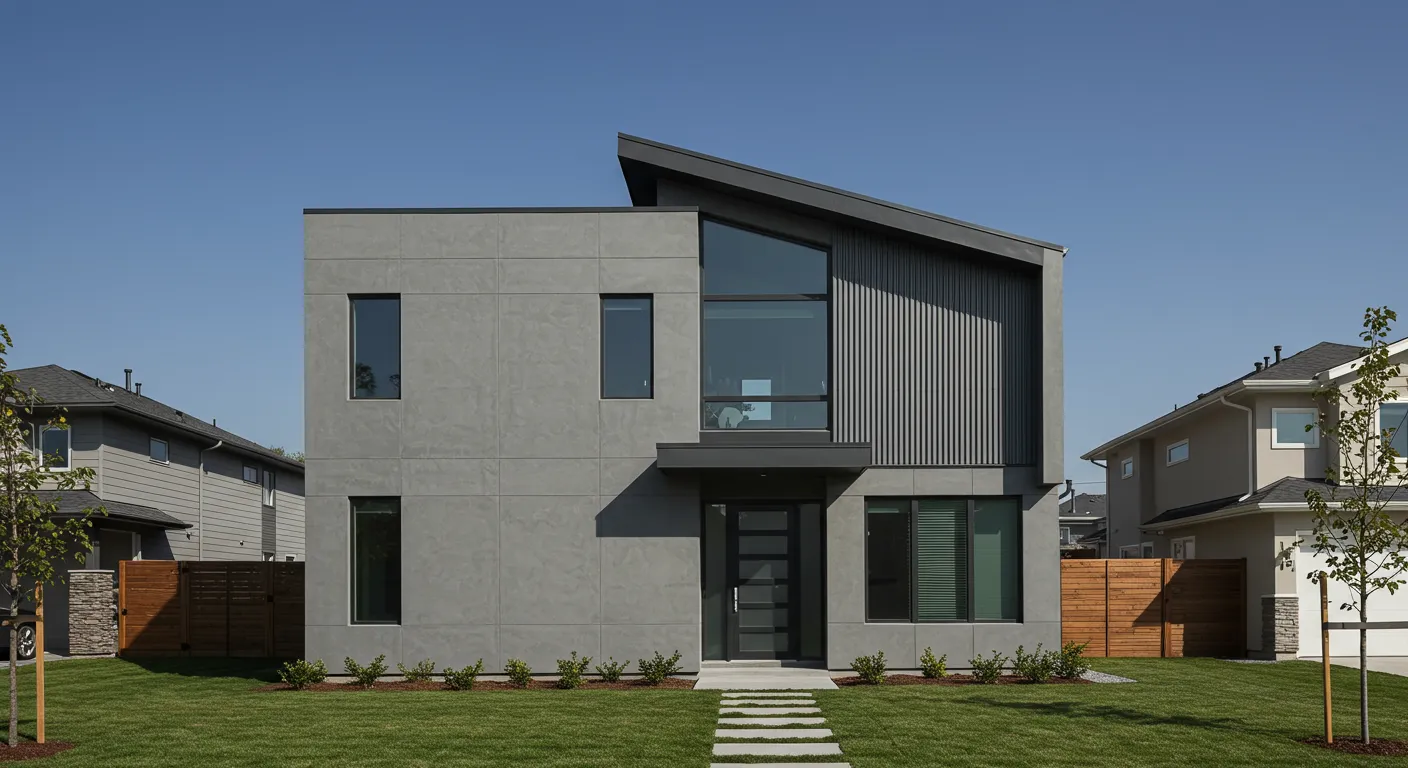
Modern and contemporary homes favor clean lines, large windows, and minimal ornamentation. To reflect these architectural traits, siding materials and styles that are sleek and understated are ideal. Smooth panels made from fiber cement or metal are excellent choices for creating a minimalist look. Vertical metal siding or large fiber cement panels emphasize the home’s geometric shapes and provide a sharp, sophisticated finish. Another popular modern siding option is composite wood panels, which combine the warmth of natural wood with modern durability. These materials often come in neutral or bold monochromatic colors, such as black, gray, or white, enhancing the streamlined aesthetic.
Victorian Homes
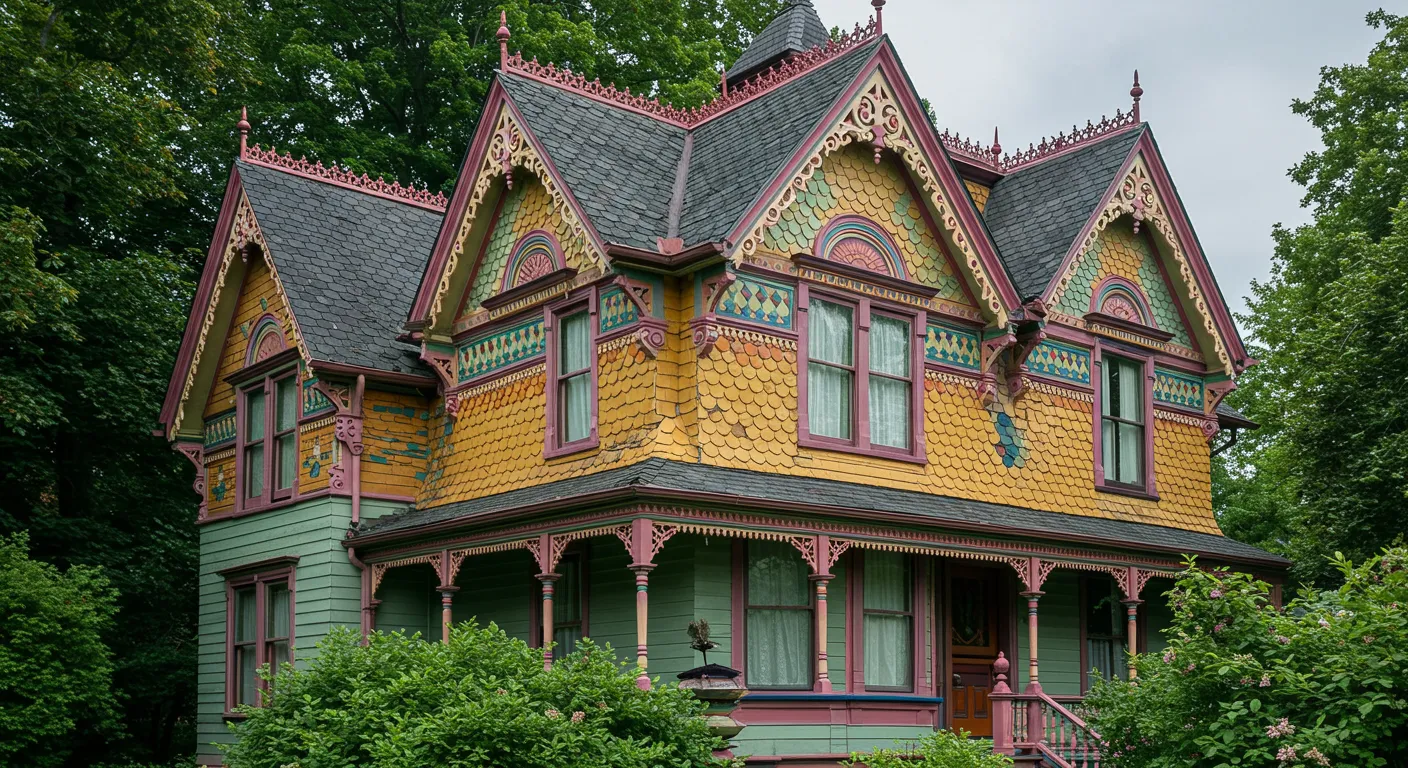
Victorian architecture is famously elaborate, with decorative trim, complex rooflines, and vibrant colors. To match this intricate style, siding with character and ornamentation is crucial. Fish scale shingles are a classic choice for Victorian homes, featuring rounded or scalloped edges that create a textured, layered look. These shingles are often used on upper stories or in gables to add visual interest. Patterned wood siding with decorative panels or spindlework helps capture the ornate detailing that defines Victorian homes. Painted in multiple contrasting colors, the siding enhances the elaborate design and adds to the home’s fairy-tale appearance.
Ranch Style
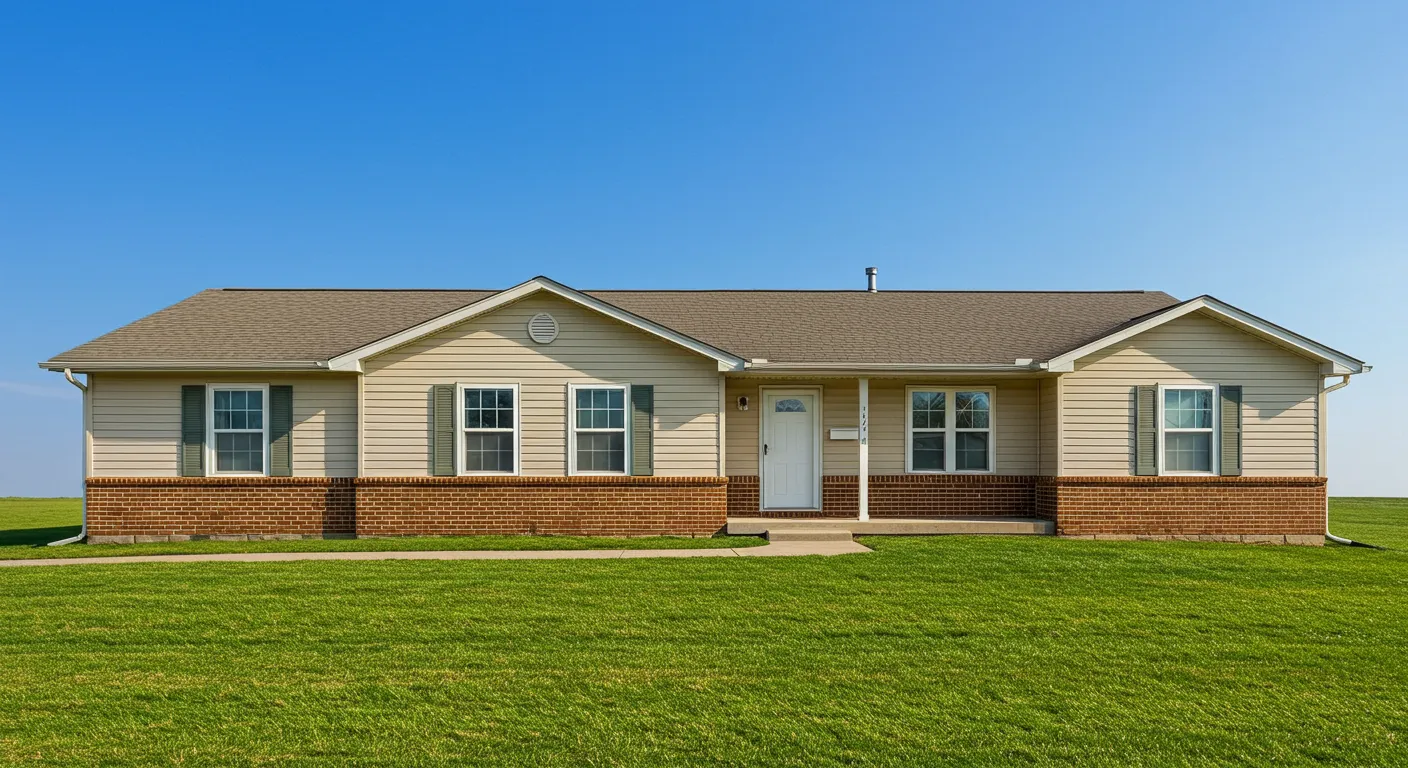
Ranch-style homes, with their single-story layout and sprawling footprints, focus on simplicity and practicality. Siding for these homes should emphasize durability and ease of maintenance while complementing their casual, open design. Horizontal vinyl siding is a go-to for many Ranch homes due to its affordability, weather resistance, and low upkeep requirements. Brick or stone veneer siding is another excellent choice that adds texture and solidity, often used as an accent along the lower portion of the exterior. Wood siding can work for Ranch homes, but typically in simpler styles like wide lap boards or tongue-and-groove panels. The idea is to keep the siding straightforward, functional, and in harmony with the home’s unpretentious charm.
Selecting the right siding style is a powerful way to highlight your home’s architectural identity while ensuring it stands up to the elements. From the classic clapboard that suits Colonial homes to the sleek panels perfect for modern designs, siding plays a critical role in defining your home’s curb appeal and personality. Understanding the architectural nuances of your home can guide you to siding choices that look stunning and complement the style’s historical and cultural roots. Whether you lean towards the ornamental charm of Victorian fish scale shingles or the practicality of vinyl siding on a Ranch house, the perfect siding style can transform your house into a cohesive, welcoming space that you’ll be proud to call home.






